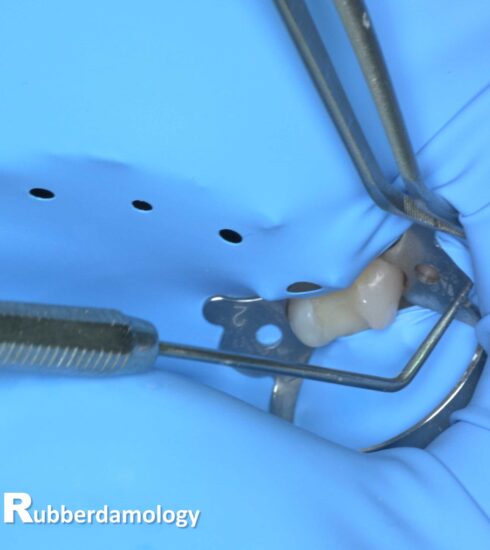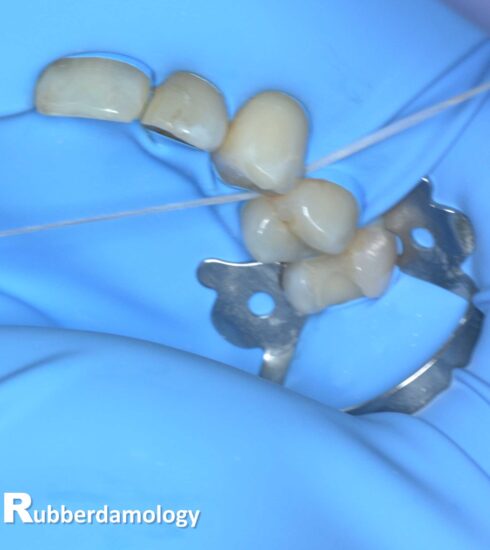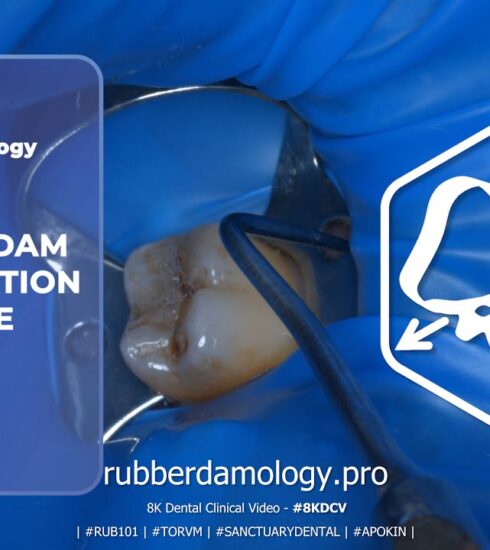Morphological features of the shape of the lower jaw molars
The morphological features of lower jaw molars can be understood through several key components:
- Talonid:
- The talonid is the platform found posterior to the trigonid in all living forms and is specific to lower molars.
- It is bounded by three cusps, contributing to the structural integrity and function of the tooth.
- Marginal Ridges:
- These are raised areas along the edges of the teeth that assist in food removal during chewing.
- They play a crucial role in mastication by helping to clear debris from the occlusal surface.
- Triangular Fossa:
- Small depressions near the marginal ridges where bacteria can accumulate if not properly cleaned.
- These fossae are important for understanding oral hygiene practices and their impact on dental health.
- Functionality in Chewing (Mastication):
- The talonid platform provides a surface that contributes to effective chewing, possibly offering better leverage during the process of grinding food.
- The combination of cusps, marginal ridges, and triangular fossae enhances the efficiency of food processing.
- Evolutionary Considerations:
- The structural differences between upper (trigonid) and lower molars (talonid) may reflect evolutionary adaptations to different mechanical stresses during chewing.
- These features have likely developed to optimize both functionality and resistance to wear over time.
In summary, the talonid platform in lower molars, along with marginal ridges and triangular fossae, contributes to efficient mastication and presents unique considerations for oral hygiene. Understanding these features provides insight into the evolutionary development of dental structures and their functional roles in chewing processes.
- Essentials of Oral Biology Oral Anatomy, Histology, Physiology and Embryology Second Edition – Maji Jose MDS, PhD Professor and Head Department of Oral Pathology Yenepoya Dental College and Hospital Yenepoya University Deralakatte – eISBN: 978-93-877-4261-1
- HANDBOOK OF TOOTH MORPHOLOGY A CARVING MANUAL – V. K. VAISHNAVI VEDAM MDS (Oral Pathology & Microbiology) Lecturer, Faculty of Dentistry, Asian Institute of Medicine, Science and Technology (AIMST) University, Kedah, Malaysia SIVADAS GANAPATHY MDS (Pedodontics and Preventive Dentistry) Lecturer, Faculty of Dentistry, Asian Institute of Medicine, Science and Technology (AIMST) University, Kedah, Malaysia – ISBN: 978-1-53612-443-9
- DENTAL FUNCTIONAL MORPHOLOGY How Teeth Work – PETER W. LUCAS University of Hong Kong – ISBN 0-521-56236-8






